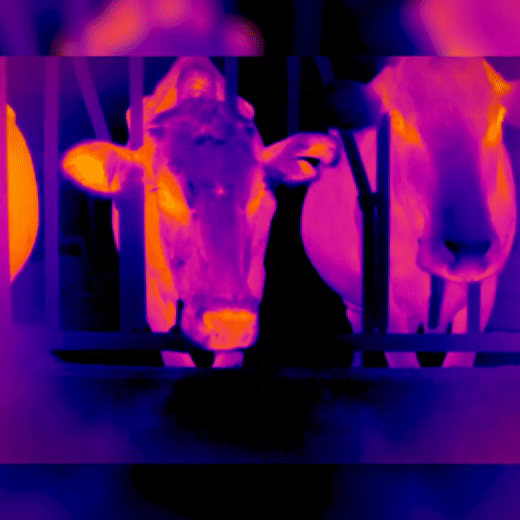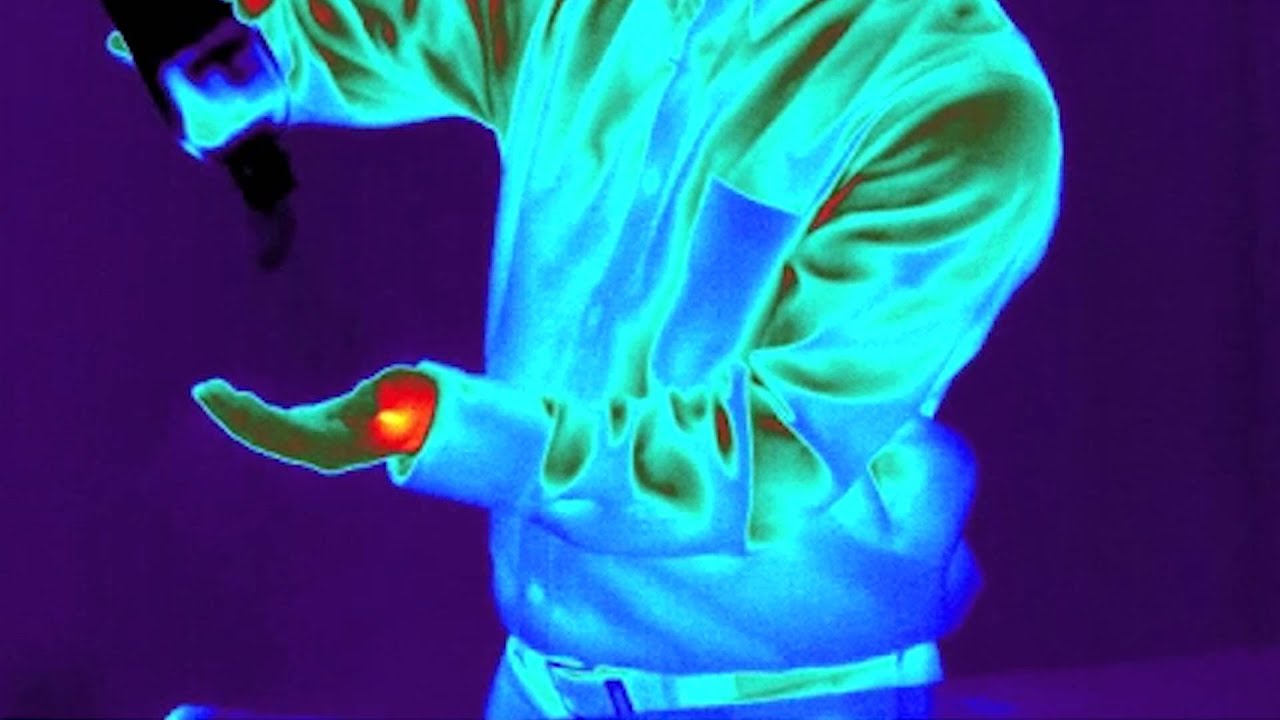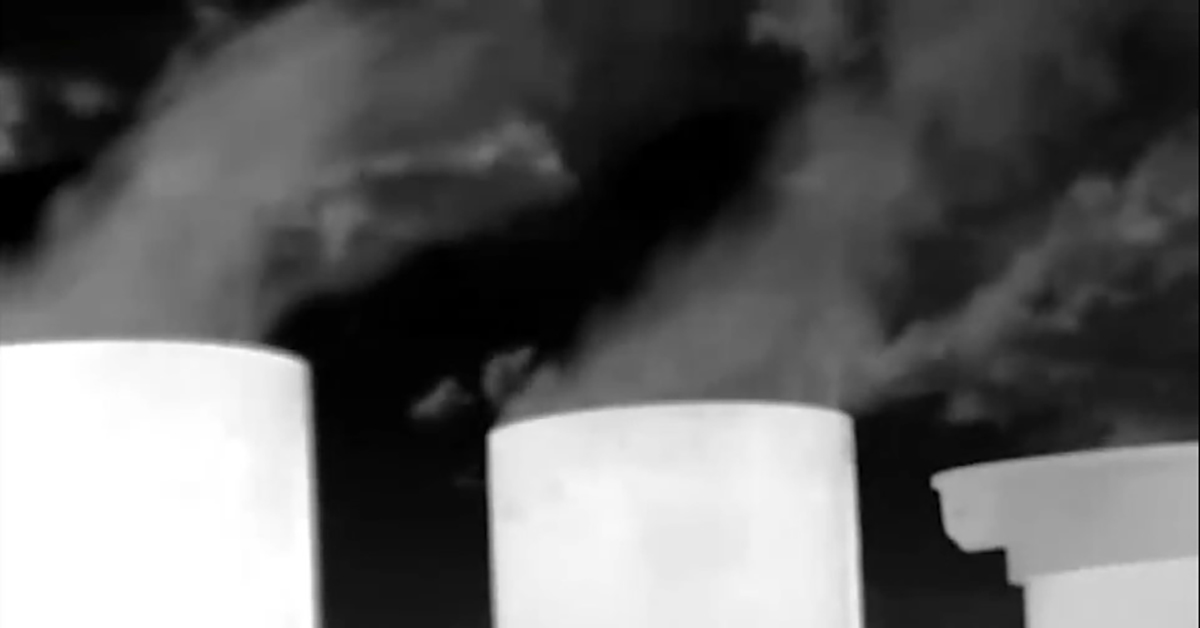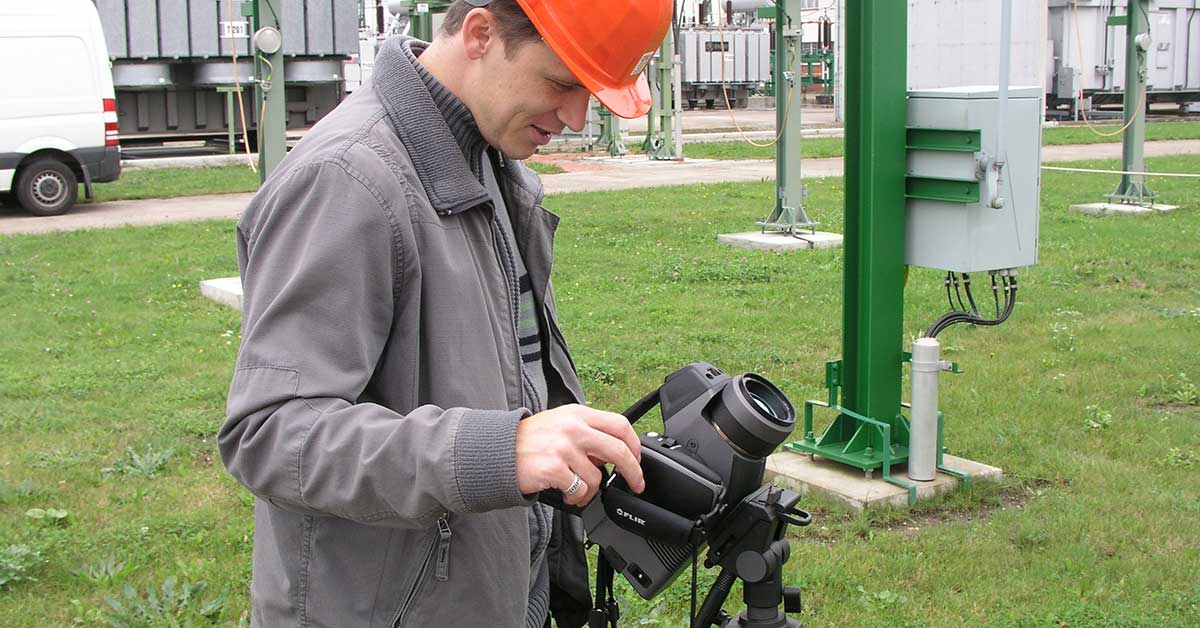How Sensitive are FLIR Gas Detection Cameras?
Optical gas imaging (OGI) cameras are extremly sensitive - they can detect small gas leaks from several meters away, large leaks from hundreds of meters away, and also detect gas from moving transport vehicles like tanker trucks, barges, and rail wagons.
High Sensitivity Mode
Using the high sensitivity mode (HSM), operators can spot even the smallest of leaks. High sensitivity mode is an image subtraction video processing technique that enhances the thermal sensitivity of the camera. The HSM feature subtracts a percentage of individual pixel signals from frames in the video stream from the subsequent frames - this enhances the differences between frames, and makes leaks stand out more clearly in the resulting images. Watch the video below to see HSM in action:

Demonstrating the Sensitivity of FLIR's Optical Gas Imaging Cameras with Hand Sanitizer
Visualizing Carbon Dioxide
A common concern when visualizing CO2 in particular is whether or not the OGI camera is detecting the gas or seeing water vapor.

Are we seeing the heat from water vapor being exhaled by the cow? No - we're actually seeing exhaled CO2.
OGI cameras visualize gas by spectrally filtering for infrared absorption in a particular waveband. At 4.3 microns, water vapor doesn't absorb as much energy as CO2 absorbs. When we (or cows) exhale, for example, an OGI camera filtered for 4.3um would detect the CO2 we exhale much more than any water vapor.
Learn more about how a filter on an infrared camera helps visualize CO2:

Using a FLIR Gas Detection Cameras to Visualize CO2 Gas
For more information on optical gas imaging cameras head to www.flir.com/ogi.


